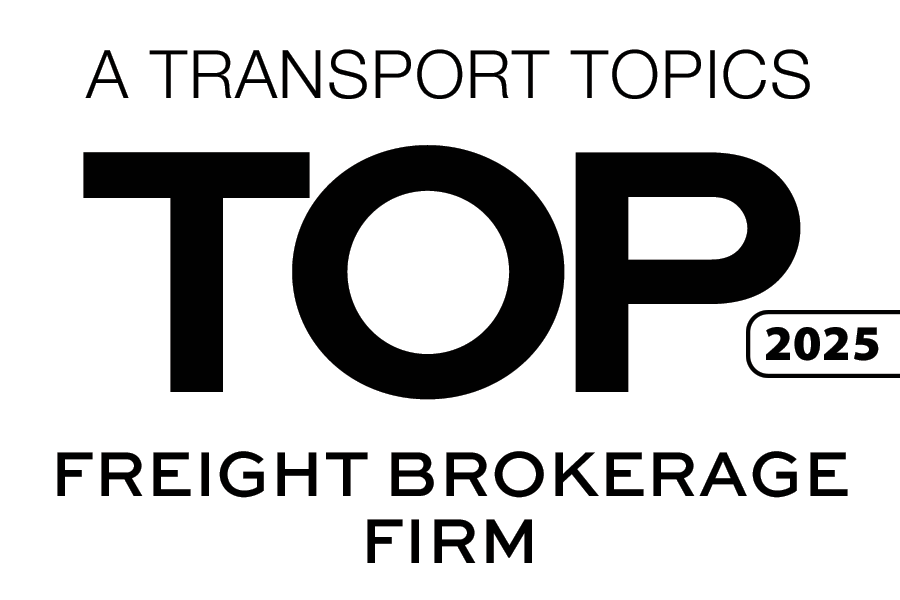The Art of Customer Segmentation in the Transportation Industry
January 23, 2024
 Many shippers are adopting the mentality that “not all customers are created equal.” In the dynamic landscape of modern transport, customer segmentation emerges as a strategy with significant benefits for operations of any size. By understanding the distinct needs and contributions of each customer segment, transport businesses can navigate market volatility, optimize resource allocation, and foster lasting partnerships that withstand the test of time.
Many shippers are adopting the mentality that “not all customers are created equal.” In the dynamic landscape of modern transport, customer segmentation emerges as a strategy with significant benefits for operations of any size. By understanding the distinct needs and contributions of each customer segment, transport businesses can navigate market volatility, optimize resource allocation, and foster lasting partnerships that withstand the test of time.
New analytics-driven technologies and emerging tracking platforms present today’s transport field with opportunities for innovation. In a bull market where almost anything seems to work, the potential for volatility is at an all-time high. The true effectiveness of any strategy or tool is only revealed when faced with the realities of market fluctuations. This highlights the challenge of evaluating performance in the absence of market volatility and sets the stage for important considerations such as customer segmentation.
Acknowledging the unique challenges posed by market volatility stresses the importance of categorizing customers based on their fiscal priority to the business. There is a common tendency across the industry to treat all customers equally in transport. However, not all customers are created equal from a financial standpoint. Segmentation is essential to recognizing the customers that are crucial for business longevity and competitive differentiation from those who are more transactional.
Could customer segmentation be of benefit to your company? Learn more about this strategic approach to service in the latest episode of the Stay In Your Lane Podcast.
“People often treat every customer the same,” says Glenn Koepke, founder of GTMX Advisors. “As a consumer that’s great to hear, but the fact is there are customers that are critical to your business’s longevity and competitive differentiation.”
From the shipper’s perspective, the significance of the cost-to-serve model and customer profitability cannot be overstated. In today’s dynamic market, it’s crucial to consider these factors, especially in times of volatility. The importance of customer segmentation also becomes more pronounced in times of market compression.
 “The things I keep in mind are the cost-to-serve model and customer profitability,” industry veteran Joe Lombardo says of his approach to segmentation. “When I first got into this industry, you never heard those words. Every customer was treated the same. As we’ve matured, we’ve had to consider these factors—especially in volatile times.”
“The things I keep in mind are the cost-to-serve model and customer profitability,” industry veteran Joe Lombardo says of his approach to segmentation. “When I first got into this industry, you never heard those words. Every customer was treated the same. As we’ve matured, we’ve had to consider these factors—especially in volatile times.”
For freight brokers, building consistency in relationships remains a key focal point. In these scenarios, the importance of consistency in allocation between 3PLs and carriers is paramount. Customer segmentation may not be the primary focus in times of market retraction, but it gains prominence when capacity is tight. The key is to align with partners who consistently reciprocate loyalty.
Beyond the broker, consistency is important at every level of the supply chain. Just like in personal relationships, consistency builds trust and reliability. Applying this principle to business relationships could include allocating lanes consistently, which leads to healthier and more productive partnerships.
In the competitive and dynamic transportation industry, customer segmentation is a strategic necessity. Segmentation helps transportation partners strike the delicate balance between consistency, efficient allocation, and the need to prioritize high-value relationships. In a market where volatility is the norm, effective customer segmentation is a linchpin for sustained success.
From transactional relationships to strategic partnerships, Triple T Transport provides all customers with an exceptional level of service. Contact us today to discover the best 3PL brokerage services in the industry.














